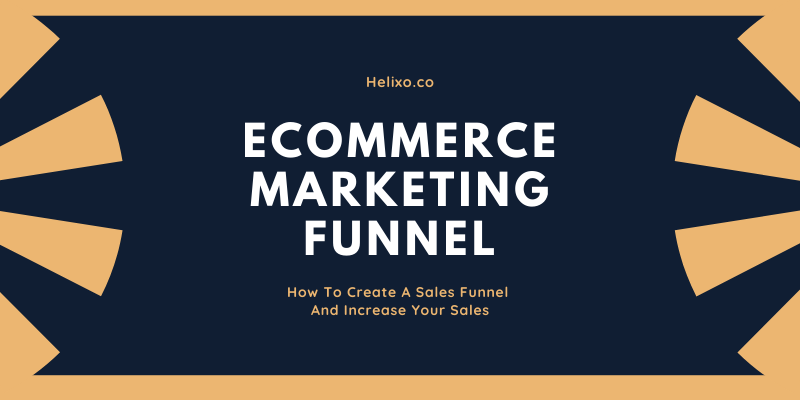
Struggling to convert the visitors of your website into your customers. You are not alone. Researches say that 98% of the visitors are not converted. But this doesn’t mean they are lost forever. A marketing funnel can change the things around.
What is a marketing funnel?
A marketing funnel is a process of converting your audience from a “stranger” to a “loyal customer.” This process is broken down into three key stages:
- Top of Funnel (TOFU): The top-level visitors aren’t necessarily interested in buying your product. They may be causal scrollers, but they’re looking for information about a particular problem.
- Middle of Funnel (MOFU): Once people have found a solution to their problem, they’ll be looking for solutions from various brands. They’ll research more about you and your competitors at this level. You should be able to convince the person.
- Bottom of Funnel (BOFU): Your audience has decided to make a purchase from you. You still might require a little nudge to get them converted.
Why is an eCommerce funnel important?
There are possibilities of your customer making way into the top of the funnel, but a poorly optimized sales funnel can lead in the fallout of customers and hence, the business. To have more control of your marketing strategies, even email marketing, you need to understand the key stages of a marketing funnel. You can create personalized content for people within each stage and deliver it to your leads when they’re in search for it. This timing can be even used to personalize the timing of the recommended products, resulting in a better conversion chance.
Let’s dive deeper into the working of the funnel
Awareness Stage
People are at the first level of the marketing funnel when they are still learning about you and your brand. This stage is also known as the “awareness” stage because, as the name suggests, people are just getting aware of your brand.
People who are roaming within the top of the funnel aren’t necessarily interested in purchasing your product straight away. They’re simply in their free time searching for some information regarding a problem they are facing at the moment.
The marketing strategy and the content you create at this stage should be non-promotional and generalized. That might be:
- Blogs posts which provide information
- Informational videos
- Infographics
Consideration Stage
Once your audience has engaged with the content at the top of the funnel, they’ll progress to the next stage, which is “consideration”. They have a better understanding of the problem they are struggling with and will start to browse for the best company, product, or service.
The content designed for this stage needs to be more in-depth than the content than the previous stage. Why? Because you want to prove that you are the best to solve their problems, not one of your competitors.
The following content is best suited for this stage:
- Interactive quizzes
- Blogs providing a comparison of products or services
- Gated premium content like ebooks or guides
- Educational videos
- Product pages
Purchase Stage
By following the practices mentioned above, a large number of visitors should have passed the previous stages. Arguably, this is the most important part of your sales funnel. The bottom stage, which is also known as the “purchase” stage.
People reaching this stage have decided they’re interested in your products and is likely to purchase from you. The content which you provide in this stage should nudge them confirming the purchase. The suitable content is:
- Abandoned cart emails
- Case studies
- Discount codes
Creating and strategising an eCommerce Marketing Funnel is important to convert visitors into consumers and subsequently result in the growth of your online store. The simplest and best way to implement the sales funnel? Integrate an eCommerce funnel engine like the Upsell Funnel Engine for your Shopify store. The funnel engine implements the best upsell strategies, an effective technique to boost the sales of your online store